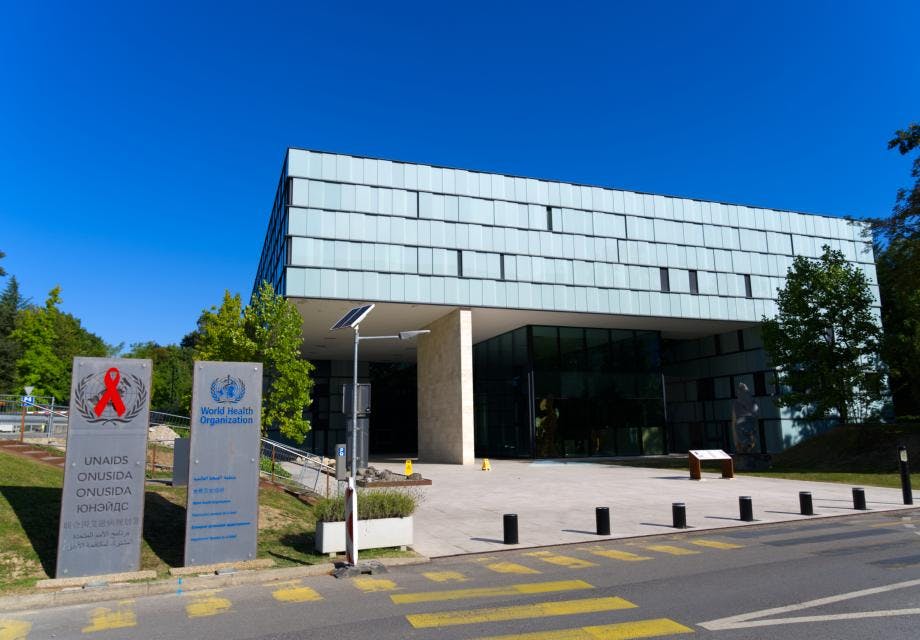UNAIDS report highlights the dangers facing the HIV response
Oliver Meth
29 August 2022
The latest UNAIDS report shows bleak progress on global targets, with progress faltering largely due to inequalities
Around 1.5 million new HIV infections occurred in 2021, over one million more than the global target, with progress faltering because of the COVID-19 pandemic and the war in Ukraine, a major United Nations report has said.
What is this story about?
The UNAIDS global AIDS update for 2022, launched ahead of the 24th International AIDS Conference in Montreal, found that 2021 saw the smallest annual decline in new HIV infections since 2016, with a drop of just 3.6%. It warned that if the current trends continue the number of new infections each year could still be 1.2 million by 2025, triple the UN target of fewer than 370 000 new infections.
What are the highlights from this report?
Other key highlights from the report:
Treatment
-
25% of people with HIV still don’t have access to treatment
-
The AIDS pandemic took a life every minute in 2021, even though there are effective treatments.
Adolescent girls and young women
-
An adolescent girl or young woman acquired HIV every two minutes in 2021.
-
5x more adolescent girls and women acquired HIV than the 2025 target.
-
Every week, approximately 4,200 adolescent girls and young women in sub-Saharan Africa acquire HIV.
-
Adolescent girls and young women (aged 15 to 24 years) are three times more likely to acquire HIV than adolescent boys and young men of the same age group in sub-Saharan Africa.
New infections
-
Between 2020 and 2021, the number of new HIV infections dropped only 3.6%, the smallest annual decline in new HIV infections since 2016.
Key populations
-
Key populations and their sexual partners accounted for 70% of HIV infections globally
Why is this report important?
The research provides new data, important scientific progress and further evidence on biomedical, social and policy interventions needed to stop the AIDS pandemic. The insights and data shared, show concretely how we can stop AIDS from taking a life every minute and ways to tackle the inequalities driving the pandemic.
What does this mean for HIV services?
The UNAIDS 2022 global report is a call to action. It highlights the scale of the HIV epidemic and how it runs along the fault lines of inequalities, such as gender, unequal access to services, age related issues, stigma and behaviours being criminalised. It is important for HIV services to make every attempt to meet the needs of every individual person. We’ll only meet global targets if people feel comfortable coming for HIV services.
Get our news and blogs by email
Keep up-to-date with all our latest news stories and blogs by signing up to the Be in the KNOW news digest.
